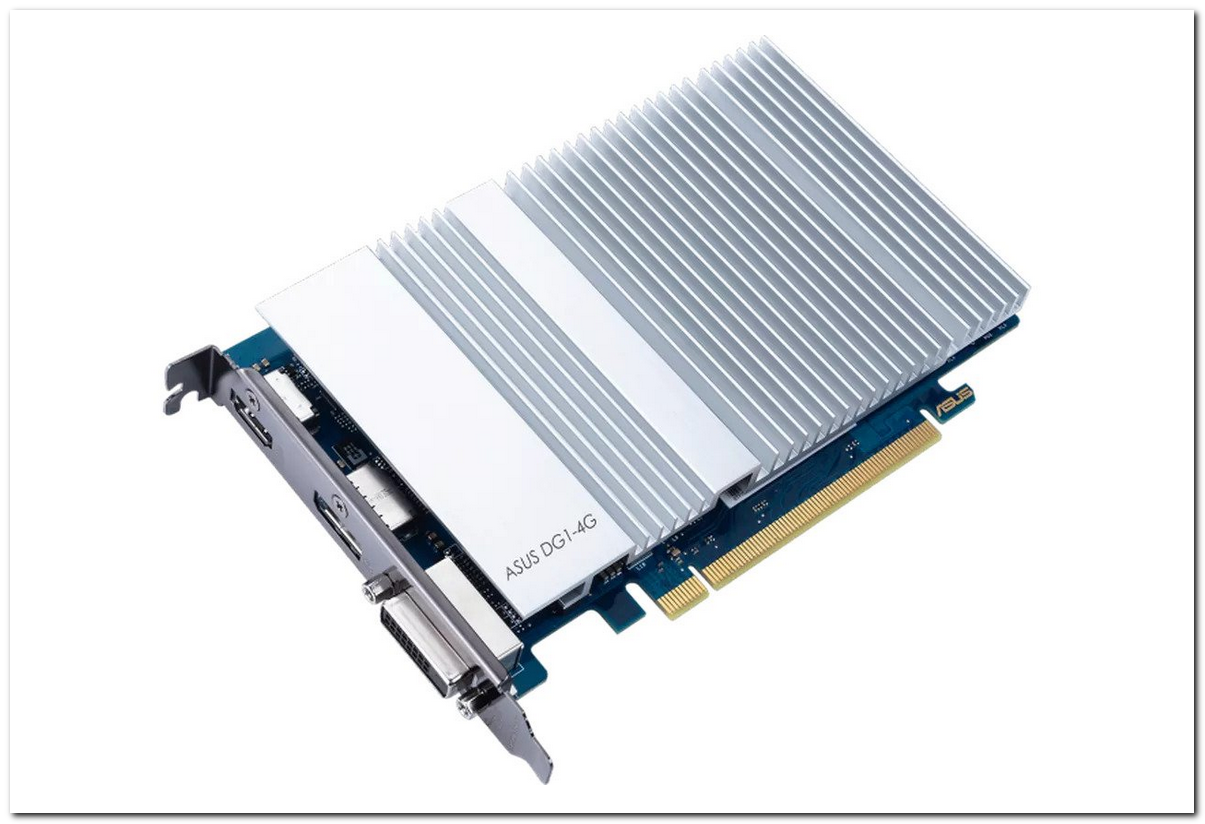Following the debut of Iris Xe MAX discrete GPU for laptops back in October last year, the company is bringing its in-house Xe graphics processing microarchitecture to the desktop segment as well. Intel has today announced the Iris Xe discrete GPUs for desktops. The cards will likely not be sold as standalone component directly to consumers, as Intel mentions in its press release that the discrete Iris Xe graphics card for desktops will be offered to system integrators who will sell it as part of pre-built systems. Among the first partners to bring the new Intel graphics solution to the market is Asus.
Iris Xe discrete GPU will be sold as part of pre-built systems by the likes of Asus
“The new cards offer a compelling upgrade to existing options in the market segment. They feature three display outputs; hardware video decode and encode acceleration, including AV1 decode support; Adaptive Sync; Display HDR support and artificial intelligence capabilities thanks to DP4a deep-learning inference acceleration,” adds the company. The desktop-class Iris Xe graphics card comes equipped with 4 gigs of VRAM and 80 execution units.
Talking more about its capability, the Iris Xe discrete GPU can handle up to three 4K HDR displays and supports the new AV1 codec to provide a reliable and low-bandwidth video calling experience. For video content creators, the new Intel offering brings HEVC, AVC, VP9, and SCC transcode capabilities to the table, while editing is said to receive a boost with DP4a AI workloads.
They're not targeted at gaming, but geared towards productivity tasks
And just in case you’re wondering, no, the new Intel Iris Xe discrete GPU for desktops is not made for gaming, neither are they going head-to-head against what NVIDIA and AMD have to offer in the world of discrete graphics cards. Instead, they are just meant to accelerate the regular tasks that you perform on your PC, but at a much faster pace when compared to integrated graphics solutions offered by Intel itself or AMD with its own Radeon family.


